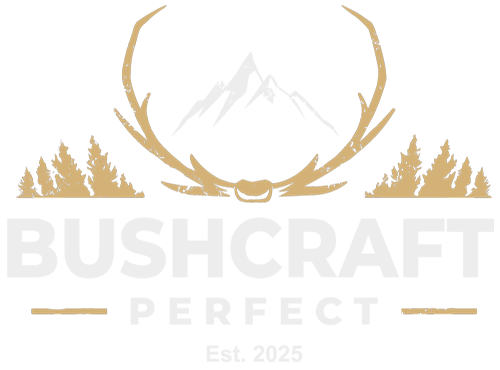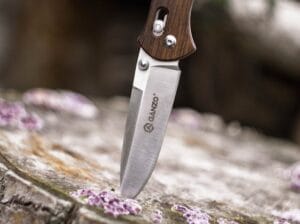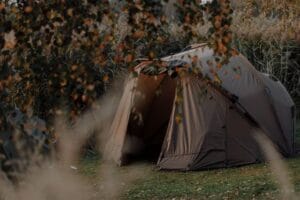Why a Good Bushcraft Saw Beats an Axe for Some Jobs?
A lot of people think an axe is the go-to tool for everything in the wild, but when it comes to certain jobs, a saw can be way more efficient.
If you’ve ever tried to cut clean, straight logs or make precise cuts with an axe, you know it’s not always easy or practical. That’s where a saw steps in. It’s easier to control, requires less energy for certain tasks, and gives you more precision when you need it.
When you’re building shelter or cutting firewood, a saw lets you work faster and with less effort. Unlike an axe, which relies on repeated swings, a saw gets through wood in a more controlled way.
You’re not expending as much energy, which matters when you’re conserving your strength for other tasks. Plus, using a saw is generally safer—there’s less risk of it slipping and
hitting something (or someone) it shouldn’t.
What Makes a Bushcraft Saw Worth Buying?
A bushcraft saw has to hold up to serious use in tough conditions. The first thing to look at is the blade. You want something that’s durable, sharp, and stays that way after a lot of cutting.
High-quality carbon steel or stainless steel blades are ideal since they resist dulling and can handle thick branches without bending or breaking.
Blade length matters too—too short, and you’ll be working twice as hard to get through larger pieces of wood. A good blade length for bushcraft use is usually around 7 to 10 inches for folding saws and up to 20 inches for bow saws.
Portability is the next big factor. You’re going to be carrying this saw with the rest of your gear, so it needs to pack down small and not weigh you down.
Folding saws are great for this because they can easily slip into your pack without taking up much space. Bow saws, while larger, often break down into smaller pieces for transport, which makes them less bulky than they look.
Finally, ease of use can’t be overlooked. A saw that’s difficult to open, close, or handle in the field is more of a liability than a tool.
You need something that can deploy quickly and doesn’t feel awkward in your hand. The handle should be comfortable to grip, even when wet or cold, and the blade should lock securely in place when open.
Folding Saws vs. Bow Saws: Which One’s Right for You?
Both folding saws and bow saws have their strengths, and which one you choose comes down to what kind of work you plan to do.
Folding saws are compact and lightweight, making them great for shorter trips or when you’re not dealing with huge logs. They’re easy to carry and usually don’t weigh much more than a pound.
The tradeoff is that folding saws typically have shorter blades, which means they’re not as effective for cutting larger pieces of wood. But for cutting branches, small logs, or clearing trails, they’re a solid choice.
Bow saws, on the other hand, are built for heavy-duty cutting. If you’re processing a lot of firewood or need to cut larger logs for shelter, a bow saw is the better tool. It has a longer blade and more cutting power, which means you’ll get through thicker wood faster.
The downside is that bow saws are bulkier, even if they can break down for transport. They’re not as convenient to carry around, especially on longer treks, but if you know you’ll need to cut through significant amounts of wood, the added weight is worth it.
For most bushcraft tasks, a folding saw is versatile enough. It’s portable, handles most cutting jobs well, and doesn’t take up much space. But if you’re planning a longer stay in the wild or need to tackle bigger wood, a bow saw will make your life easier.
Top Picks for the Best Bushcraft Saws
One of the most popular folding saws for bushcraft is the Silky Gomboy. Known for its sharp blade and solid build, it’s a favorite among bushcrafters for good reason.
The blade cuts through wood easily, and the saw folds down to a compact size, making it easy to carry in your pack. It also locks securely when open, so you don’t have to worry about it folding on you during use.
The downside? It’s on the pricier side, but you get what you pay for in terms of durability and performance.
Another great option is the Bahco Laplander. This folding saw is a bit more affordable than the Silky Gomboy but still offers excellent cutting power.
It has a slightly shorter blade, but it’s lightweight and easy to carry. The handle is comfortable, and the saw locks both in the open and closed positions, which is a nice safety feature.
The Bahco Laplander is a solid, no-nonsense saw that won’t let you down in the field.
If you’re looking for a bow saw, the Agawa Canyon Boreal 21 is a top contender. It’s a collapsible bow saw, which means you get the cutting power of a bow saw with the portability of a folding saw.
The blade is long enough to handle thick logs, and it sets up quickly without needing any tools. The frame is sturdy, and once assembled, it feels just as solid as a traditional bow saw. It’s a bit bulkier than folding saws, but if you need to cut a lot of wood, this is the one to go for.
Another reliable bow saw is the Sven Saw. It’s been around for decades and has a proven track record for durability and performance. Like the Agawa Canyon, it collapses into a compact shape for easy transport.
It’s lightweight and cuts through wood like butter, making it great for processing firewood or building shelters. The only downside is that it takes a little more time to set up compared to a folding saw, but once it’s ready, it gets the job done fast.
Tips for Maintaining Your Saw in the Field
A saw is only as good as the condition of its blade. If you want your saw to last and perform well every time, it’s important to keep the blade sharp and clean.
After using it, wipe down the blade to remove sap, dirt, or moisture that could cause rust. Even stainless steel blades can rust over time if they’re not properly maintained. Carrying a small cloth and a bit of oil can go a long way in keeping your saw in top shape.
Sharpening your saw blade is a bit trickier than sharpening a knife, but it’s doable with the right tools. You’ll need a specialized file to sharpen each tooth, but regular maintenance will keep your saw cutting efficiently.
If sharpening isn’t something you’re comfortable with, make sure you inspect the blade regularly for dullness and replace it when necessary.
In the field, avoid bending the blade or forcing it through wood at awkward angles. This can damage the teeth or even bend the entire blade, making it useless.
Take your time with each cut, and let the saw do the work. Proper technique, combined with regular maintenance, will ensure your saw is always ready when you need it.
You might as well be interested in
-

Best Bushcraft Axes: Top Picks for Serious Outdoorsmen
When I head out into the wilderness, my axe is one of the tools I rely on the most. It’s not just about chopping wood;…
-

Best Bushcraft Hatchet: Tough Tools That Get the Job Done
Why a Good Bushcraft Hatchet Matters A bushcraft hatchet is more than just a tool for chopping wood. It’s your go-to for most of the…
-

Best Bushcraft Books: Get the Real Skills, Not Just Theory
Why You Need a Good Bushcraft Book Bushcraft is about knowing how to live in the wild, not just survive. While videos and online content…
-
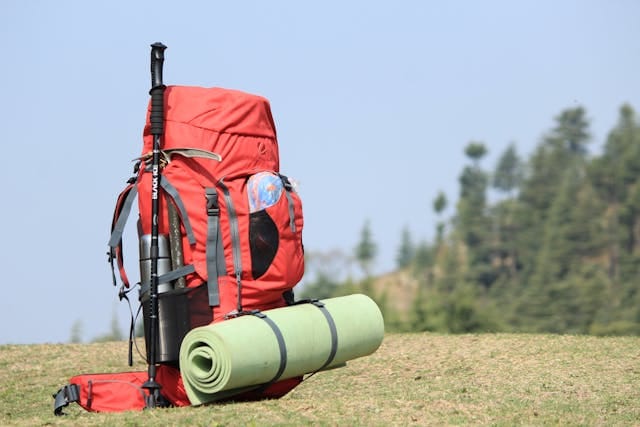
Best Bushcraft Backpack: Gear Up for the Wild Without the Fluff
What Makes a Bushcraft Backpack “Best”? When you’re out in the wild, your backpack isn’t just a bag – it’s your lifeline. So, what separates…
-

Best Portable Wood Stove: Compact Options That Actually Work in the Wild
Why You Need a Portable Wood Stove in the Wild When you’re out in the wild, a portable wood stove isn’t just a luxury—it’s a…
-

Best Knife for Bushcraft: Tough Blades That Can Handle the Wild
What Makes a Knife Good for Bushcraft? A bushcraft knife isn’t just any knife—it’s a tool you’ll rely on for almost everything when you’re out…
-
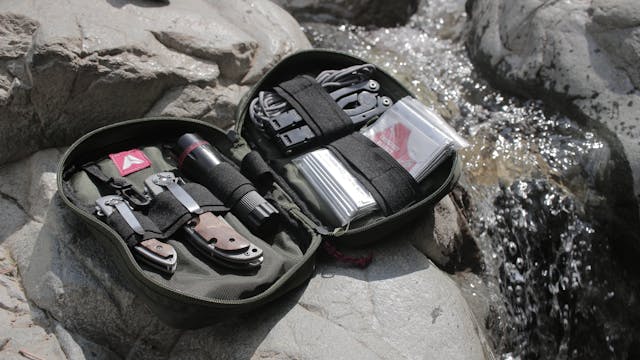
Best Bushcraft Tools: Gear You Actually Need for the Wild
Why You Need the Right Bushcraft Tools Bushcraft isn’t about carrying every tool under the sun. It’s about knowing which gear is worth the weight…
-

Best Bushcraft Saw: Cut Through Wood Without Cutting Corners
Why a Good Bushcraft Saw Beats an Axe for Some Jobs? A lot of people think an axe is the go-to tool for everything in…
-
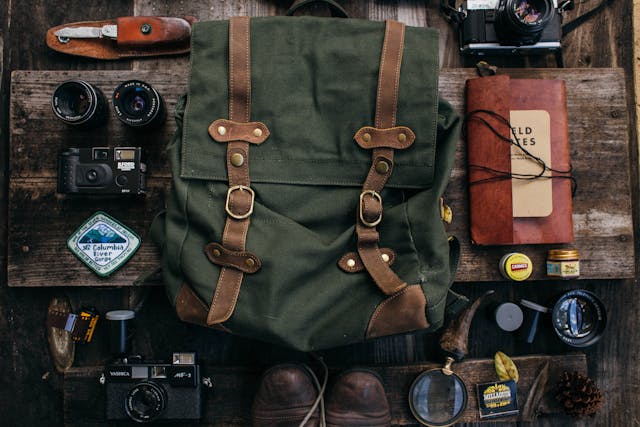
Best Bushcraft Gear – Don’t Buy Unnecessary Stuff
Best Bushcraft Gear: My Top Selections for Wilderness Success When I prepare for a bushcraft expedition, selecting the right gear is paramount. Each piece serves…
